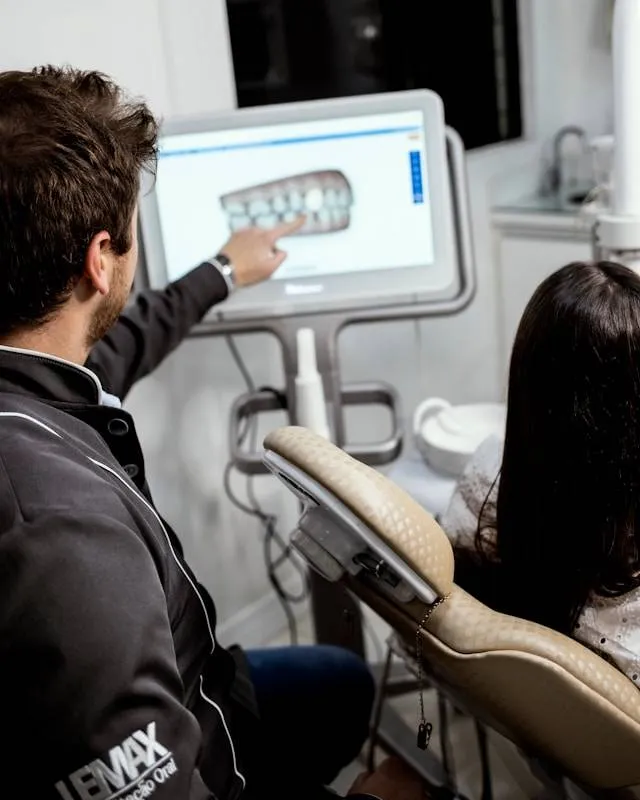
-
Monday - Saturday: 8am - 12pm ; 2pm - 8pm
Sunday: 8am - 12pm - Make an appointment
- [email protected] Contact us

Monday - Saturday: 8am - 12pm ; 2pm - 8pm
Sunday: 8am - 12pm
Gingivitis is an inflammatory disease of the gums, the early stage of periodontal disease . It is an inflammation of the gum tissue around the teeth, caused by the accumulation of bacterial plaque on the tooth surface and below the gum line. Gingivitis is one of the most common oral diseases, with a prevalence ranging from 50% to 99% in both children and adults.

The main cause of gingivitis is the accumulation of bacterial plaque on the tooth surface and below the gum line. Factors that contribute to gingivitis include:
Common symptoms of gingivitis include:
Gingivitis can affect people of all ages, but certain groups are at higher risk:
Major risk factors for gingivitis include:
Although gingivitis is the early and reversible stage of periodontal disease, if left untreated it can progress to periodontitis, a more serious condition that can lead to tooth loss. In addition, gingivitis can affect overall health, especially in people with diabetes.
Gingivitis is not directly contagious. However, the bacteria that cause gingivitis can be passed from person to person through sharing toothbrushes, eating utensils, or kissing.
Diagnosis of gingivitis is usually based on:
Treatment of gingivitis includes:
To prevent gingivitis, the following measures should be taken:
We all know that the best way to treat gingivitis is to prevent it from happening in the first place. This means practicing good oral hygiene and visiting your dentist regularly. If you notice any signs of gingivitis – such as red, swollen gums that bleed easily – make an appointment with your Sakura doctors as soon as possible. Early treatment can help prevent gingivitis from turning into a more serious form of gum disease.

1. Our websites and newsletters are not intended to replace the services of a physician and do not constitute a doctor-patient relationship. They are for informational purposes only and are not a substitute for professional advice. Please do not use the information
2. The Vietnamese version is the main version, which has reference value. We have tried our best to make the other versions (English, Japanese, Korean) as good as possible. However, there are still errors, especially in foreign languages. We hope that readers will inform us of such errors via the contact form or at [email protected] . We thank you for your valuable help.
© 2025, Sakura Dental Clinic . All Rights Reserved.